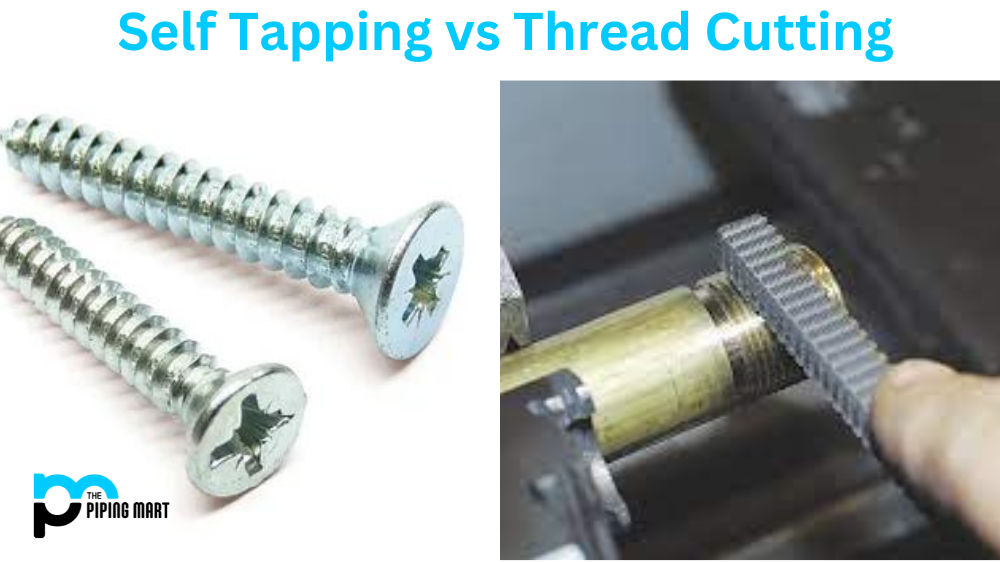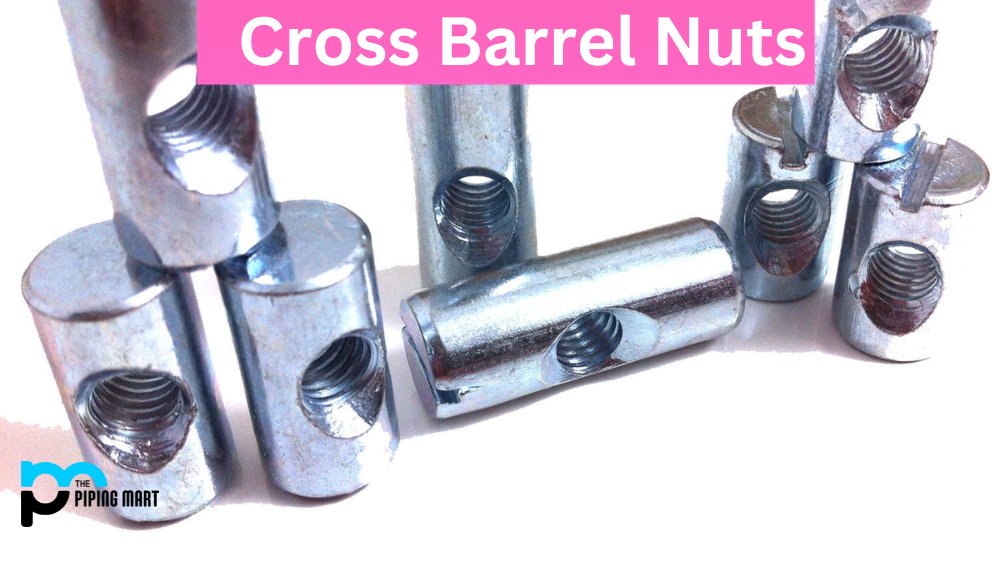In mechanical systems, screws are an essential part of countless machines. As a result, various screw types serve different requirements. Two such prominent screw types are ball screws and Acme screws. Both screws are widely used in engineering applications but hold varying merits and demerits. So, how do you decide which one to choose? In this blog, we will comprehensively compare ball screws vs Acme screws to help you make an informed decision.
Ball Screw
A ball screw is a linear-motion mechanical device that utilizes a rolling ball contour between the nut and screw. One of the significant benefits of ball screws is high efficiency. The balls run smoothly through the canal, making them less prone to wear and tear. Moreover, the rolling design makes them faster and more powerful. Additionally, ball screws offer high accuracy and repeatability; hence, they are suitable for high-precision applications.
Acme Screw
Acme screw is a simple screw assembly that uses a threaded rod and Acme nut to create motion. The structure makes them less efficient than ball screws but more affordable. Moreover, Acme screws offer high load ratings, making them the ideal choice for heavy-duty applications. They can withstand enormous force, hence used in heavy machinery like press machines, injection moulding machines, and CNC machines.
Differences Between Ball Screw and Acme Screw
Accuracy
Ball screws offer high precision and accuracy, while Acme screws cannot match the precision levels offered by ball screws. The difference is that ball screws are designed without the backslash. Hence, they offer more precise and accurate movements due to a lower coefficient of friction, sharper threads, and a rolling bolt mechanism. In contrast, Acme screws are designed using high-pitch threads, leading to friction and a higher likelihood of wear and tear. This makes the flight more challenging to control and maintain, reducing its precision.
Maintenance and Cost
Maintenance and cost are crucial when choosing between ball screws and Acme screws. For instance, ball screws need more maintenance due to their high-precision nature. However, they last long and are ideal for applications that require high accuracy and excellent repeatability. On the other hand, Acme screws have low maintenance costs but are less durable, hence ideal for machines that do not require high accuracy levels.
Durability
Regarding durability, ball screws are known to be more long-lasting. This is due to their design, which makes them less prone to wear and tear, high efficiency, and high load capacity. Conversely, Acme screws are prone to wear and tear, leading to regular replacements, which can become costly.
Precision
Ball screws are more precise than Acme screws. This is because the ball bearings within the ball screw rotate in a perfectly round motion. Acme screws, on the other hand, have a slightly angled thread. This results in a slightly less precise motion. For applications that require high precision, such as CNC machining, ball screws are the better choice.
Conclusion
Choosing between a ball screw and an Acme screw depends on your requirements. While Acme screws are more affordable, less accurate, and less efficient, ball screws are more expensive and offer high precision and efficiency. Ultimately, it all boils down to the specific application you intend to use the screw on. Nonetheless, we hope our comprehensive comparison of ball screws vs Acme screws helps you make an informed decision.

Abhishek is a seasoned blogger and industry expert, sharing his insights and knowledge on various topics. With his research, Abhishek offers valuable insights and tips for professionals and enthusiasts. Follow him for expert advice on the latest trends and developments in the metal industry.




